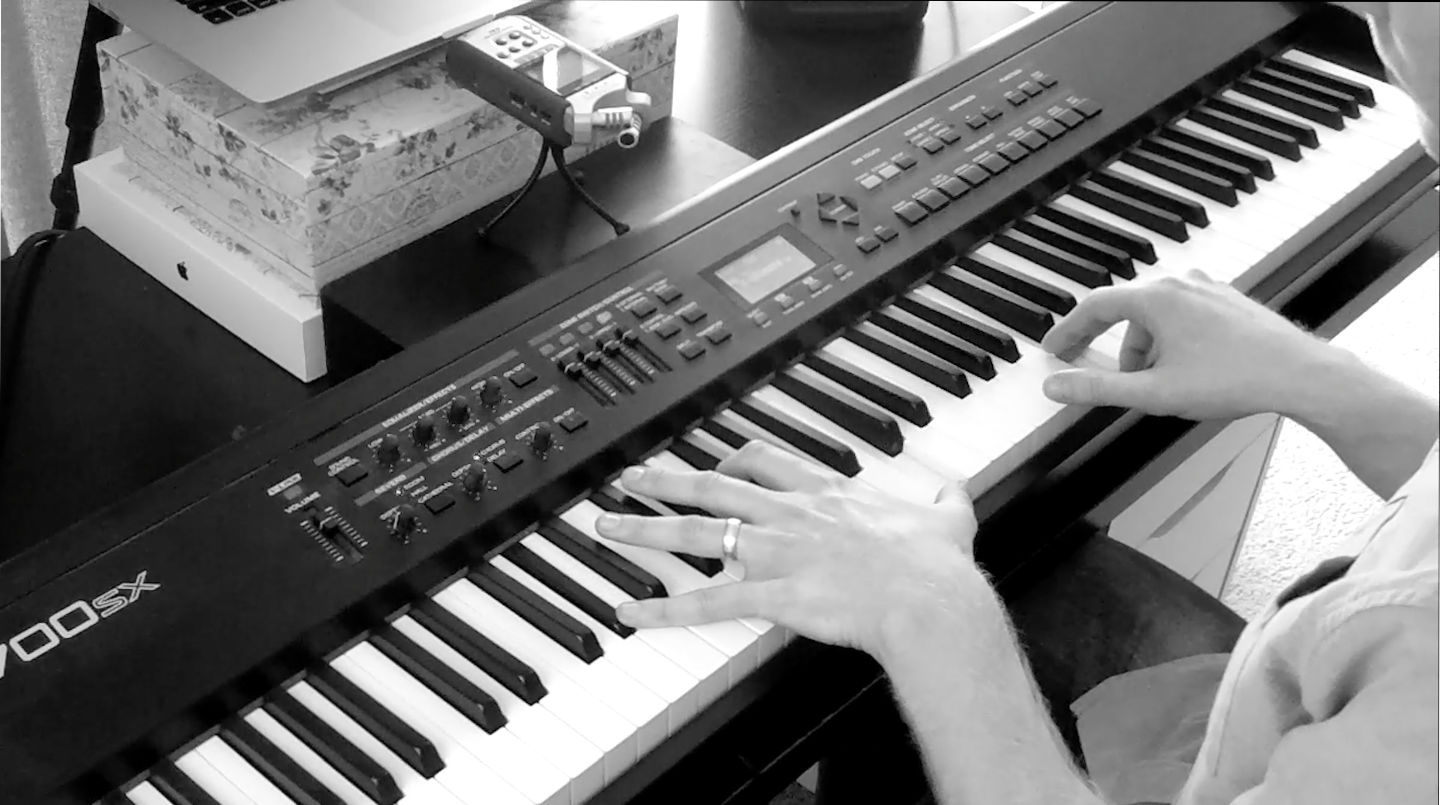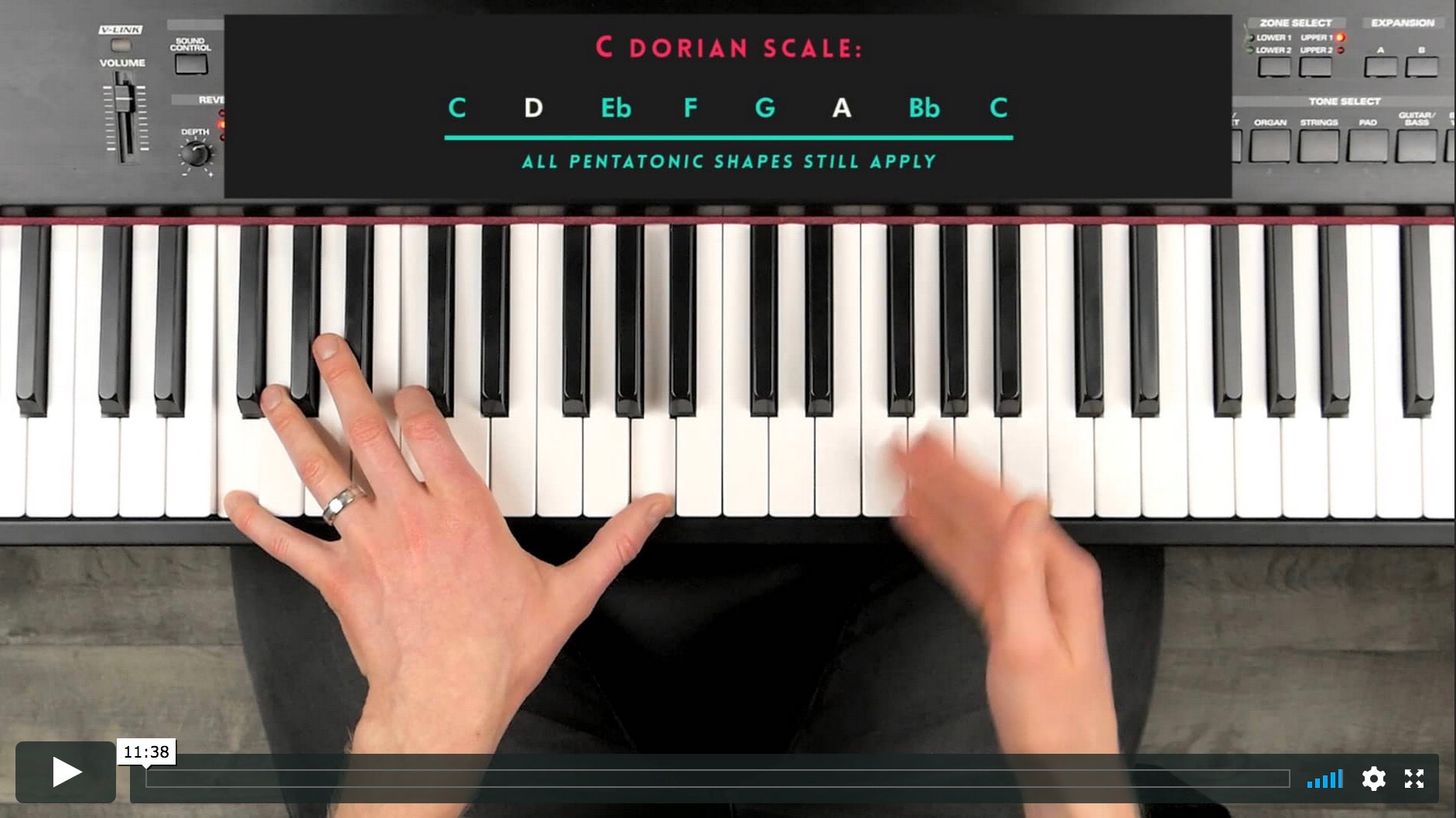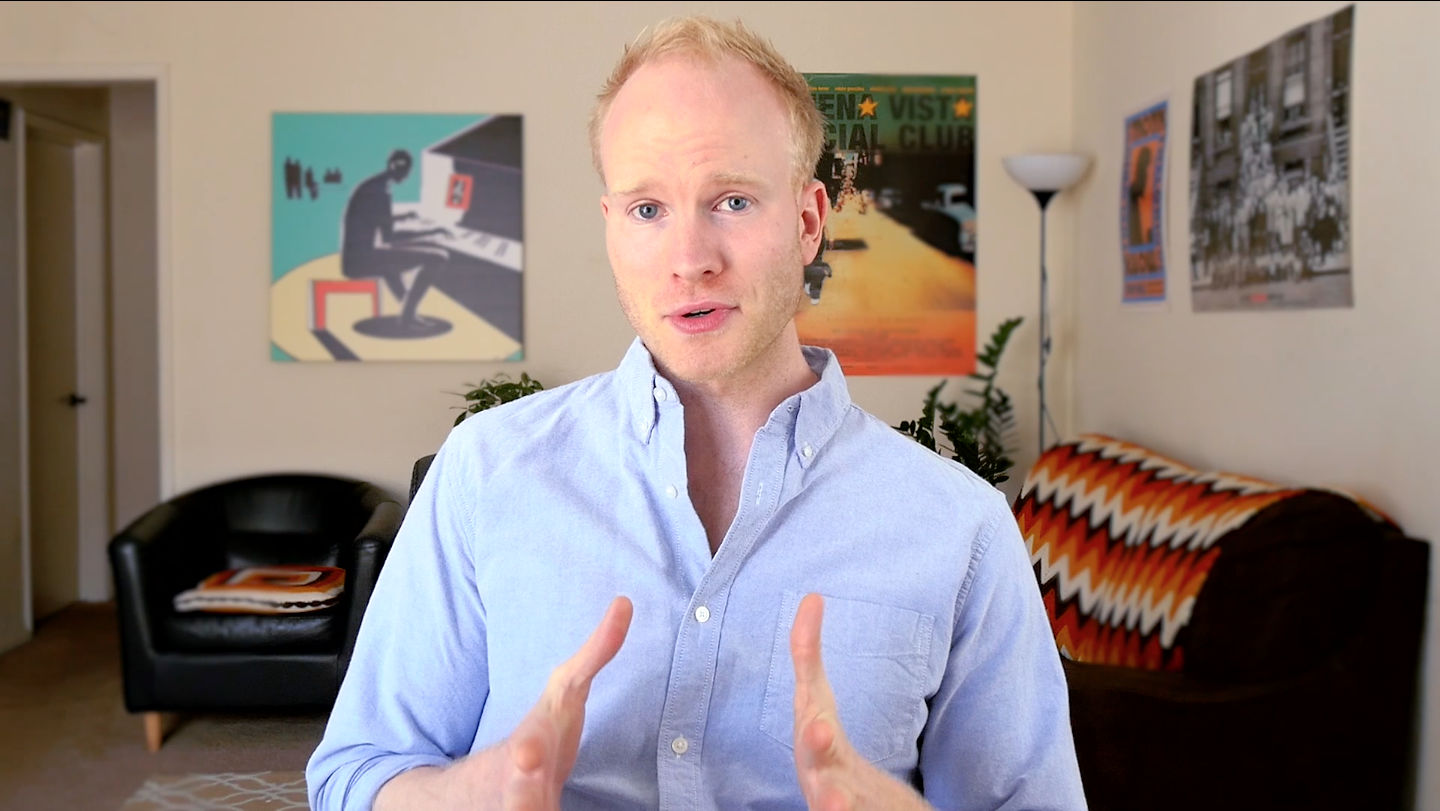VIDEO 3 | Common Melodic Shapes
Can You Spot This Common Shape?
See if you can spot the C Eb F G shape in the following songs:
‘Never Met A Girl Like You Before’ – Edwyn Collins
‘Summertime’ – George Gershwin
‘Broken Wings’ – Mr. Mister
‘Moving Too Fast’ – Artful Dodger
‘Deep Breath’ – Motorcycle
‘Rolling In The Deep’ – Adele
-
julianbradley
-
a_tired_dude
-
John Strauss
-
julianbradley
-
OldKiwi
-
Stefan
-
John Strauss
-
julianbradley
-
julianbradley
-
Sanjay G. Pamaar
-
Solai
-
Harry Smith
-
Don Hahm
-
Charmian O’Brien



